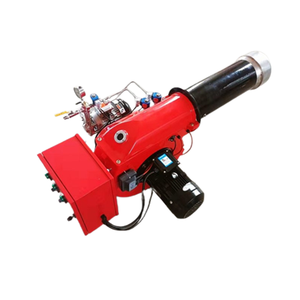**Automobiles and Heavy Machinery: A Historical Analysis**
(Automobiles and the Heavy Machinery Question: A Historical Analysis)
The evolution of automobiles and heavy machinery represents one of the most transformative journeys in human history. These technological advancements have not only revolutionized transportation and construction but have also shaped economies, industries, and societies. This article delves into the historical progression of automobiles and heavy machinery, highlighting key milestones, technological breakthroughs, and their profound impact on modern civilization.
### The Birth of Automobiles
The concept of automobiles dates back to the late 18th century when steam-powered vehicles were first introduced. However, it was not until the late 19th century that the internal combustion engine (ICE) emerged as a game-changer. Karl Benz is widely credited with inventing the first true automobile in 1885, the Benz Patent-Motorwagen. This three-wheeled vehicle, powered by a gasoline engine, marked the beginning of the automotive industry.
The early 20th century saw rapid advancements in automobile design and manufacturing. Henry Ford’s introduction of the assembly line in 1913 revolutionized production, making automobiles affordable and accessible to the masses. The Model T, often referred to as the “car that put the world on wheels,” became a symbol of industrialization and progress. By the mid-20th century, automobiles had become an integral part of daily life, transforming urban planning, commerce, and personal mobility.
### The Rise of Heavy Machinery
Parallel to the development of automobiles, heavy machinery emerged as a critical component of industrialization. The 19th century witnessed the invention of steam-powered excavators, cranes, and tractors, which laid the foundation for modern construction and agriculture. The advent of diesel engines in the early 20th century further enhanced the efficiency and power of heavy machinery, enabling large-scale infrastructure projects such as roads, bridges, and dams.
World War II played a pivotal role in accelerating the development of heavy machinery. The demand for military equipment and infrastructure led to innovations in manufacturing processes and materials. Post-war reconstruction efforts further fueled the growth of the heavy machinery industry, with companies like Caterpillar, Komatsu, and John Deere becoming global leaders.
### Technological Advancements and Integration
The latter half of the 20th century and the early 21st century have been marked by significant technological advancements in both automobiles and heavy machinery. The introduction of computer-aided design (CAD) and computer-aided manufacturing (CAM) has revolutionized product development, enabling engineers to design more efficient and reliable machines. The integration of electronics and software has given rise to advanced features such as anti-lock braking systems (ABS), electronic stability control (ESC), and autonomous driving technologies in automobiles.
In heavy machinery, hydraulic systems, GPS technology, and telematics have transformed operations, improving precision, safety, and productivity. The development of hybrid and electric powertrains has also begun to reshape both industries, addressing environmental concerns and reducing dependence on fossil fuels.
### Environmental and Economic Impact
The widespread use of automobiles and heavy machinery has had profound environmental and economic implications. While these technologies have driven economic growth and improved living standards, they have also contributed to environmental challenges such as air pollution, resource depletion, and climate change. In response, governments and industries are increasingly focusing on sustainable solutions, including electric vehicles (EVs), renewable energy-powered machinery, and stricter emissions regulations.
The economic impact of automobiles and heavy machinery cannot be overstated. The automotive industry alone accounts for a significant portion of global GDP, employing millions of people worldwide. Similarly, the heavy machinery sector plays a critical role in infrastructure development, mining, agriculture, and manufacturing, driving economic progress in both developed and developing nations.
### The Future of Automobiles and Heavy Machinery
As we look to the future, the convergence of artificial intelligence (AI), the Internet of Things (IoT), and renewable energy is set to redefine the landscape of automobiles and heavy machinery. Autonomous vehicles, smart factories, and connected machinery are no longer concepts of science fiction but tangible realities that promise to enhance efficiency, safety, and sustainability.
The transition to electric and hydrogen-powered vehicles and machinery is expected to accelerate, driven by advancements in battery technology and the global push for decarbonization. Additionally, the integration of AI and machine learning will enable predictive maintenance, optimized operations, and enhanced decision-making, further transforming these industries.
### Conclusion
(Automobiles and the Heavy Machinery Question: A Historical Analysis)
The historical analysis of automobiles and heavy machinery underscores their pivotal role in shaping the modern world. From the invention of the first gasoline-powered car to the development of autonomous construction equipment, these technologies have continuously evolved, driven by human ingenuity and the pursuit of progress. As we navigate the challenges of the 21st century, the continued innovation and responsible use of automobiles and heavy machinery will be essential in building a sustainable and prosperous future.


